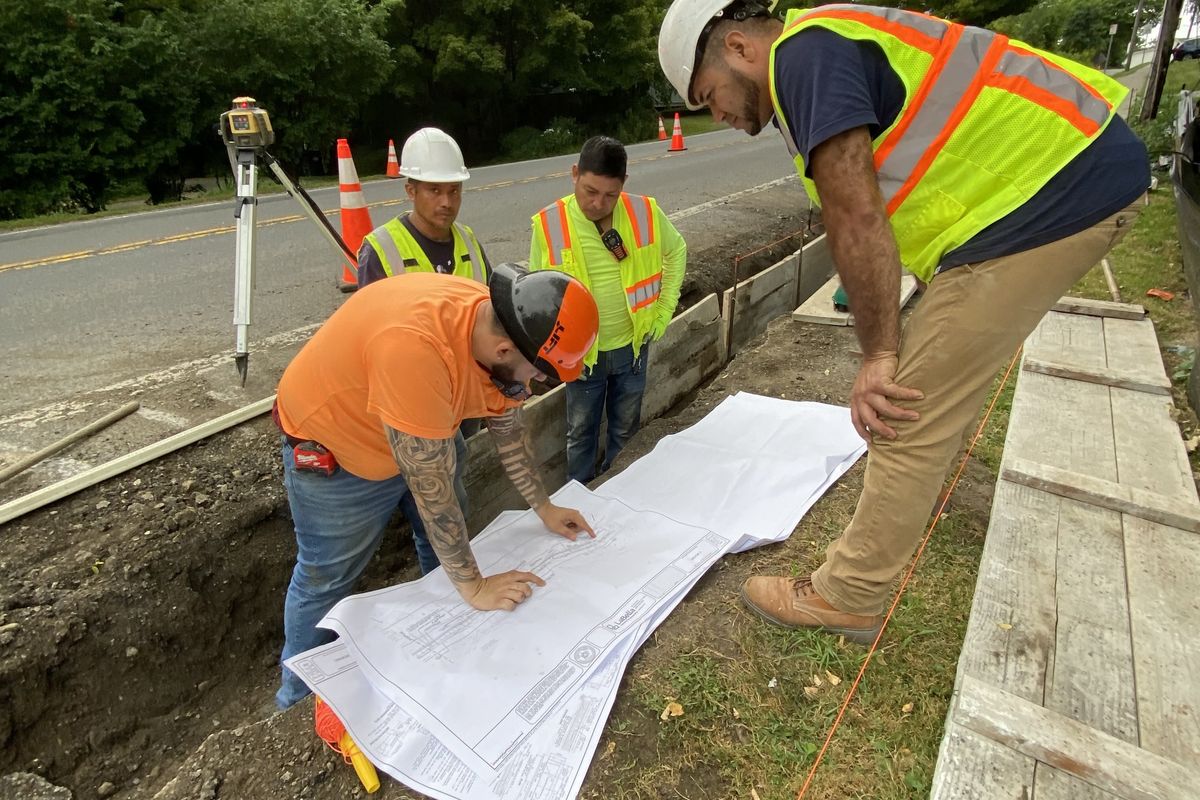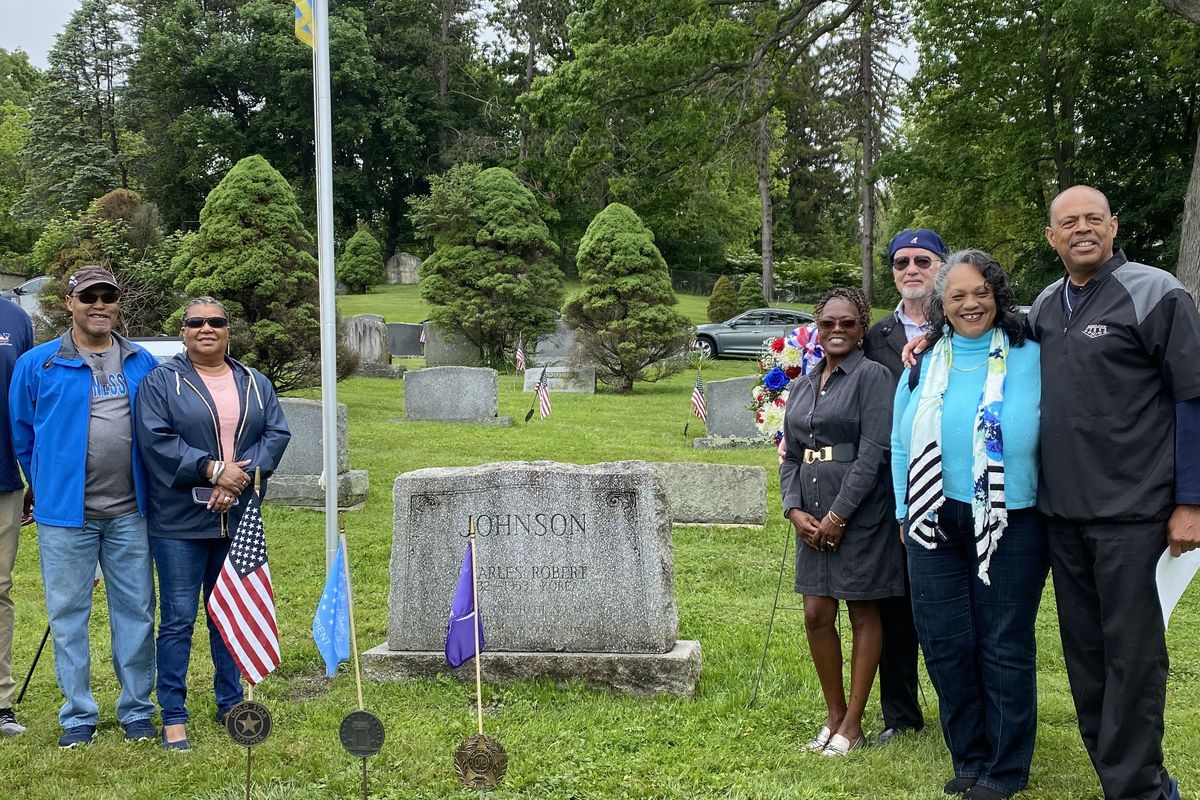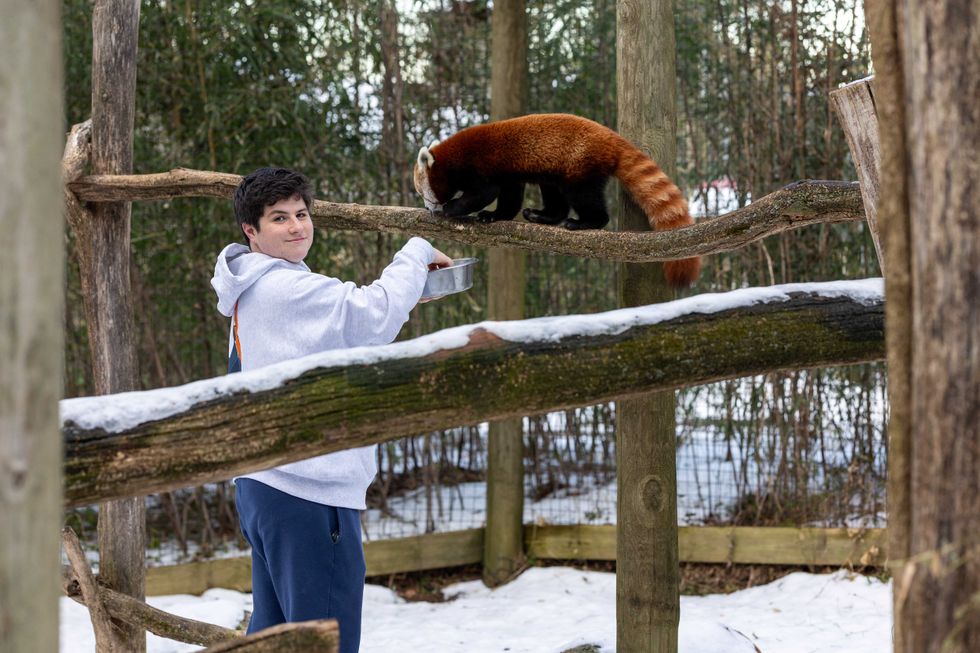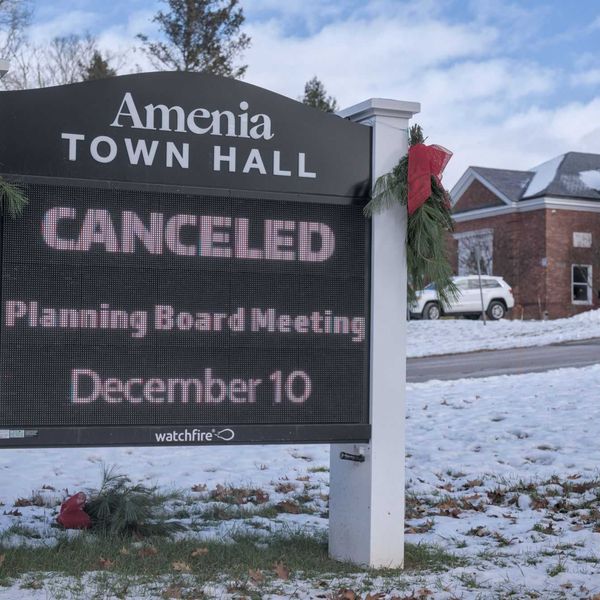Should I try and get an mRNA vaccine? They are better than the others, aren’t they? If I show up at the clinic can I choose?
These are some of the questions that we didn’t even know we would be so lucky to ask just three months ago.
The speed at which multiple vaccines to choose from has come about is unprecedented.
The first genome sequence of a previously unknown virus was published in early January 2020 and the Pfizer and Moderna mRNA vaccines, tested over the summer and fall of 2020, were approved for emergency use in early December.
These are the quickest vaccines ever developed. Their very speed has raised a lot of questions around their safety. It is true that all previous vaccines have taken years to develop and the cumulative experience of their use over time is reassuring.
Moderate reactions
Nevertheless the COVID-19 vaccines have been tested in very big trials. As a comparison, the widely used and “uncontroversial” Shingrix vaccine for prevention of shingles was tested in 32,000 participants prior to submission for approval in 2017. The total number of patients in COVID-19 vaccine trials that have reported results so far is 170,000 and growing rapidly.
The safety results have been reassuring — both in the trial participants and now in millions of people worldwide who have been vaccinated and reported to national monitoring systems.
Rates of severe side effects, mainly anaphylaxis, have been very rare — a handful in every million vaccinated — and the more common reactions such as arm pain, fever, fatigue and muscle aches have been over very quickly.
The brief discomfort of COVID-19 vaccines seems to be greater than for the annual flu shot. This probably reflects a combination of both the “prime-boost” two-shot strategy to provoke maximum stimulation of the immune system; and the large group of vaccinees who were recently infected naturally with SARS-CoV-2 and already have a naturally primed immune system ready to react. Maybe the single-shot Johnson & Johnson vaccine will have fewer reactions?
Don’t compare
the numbers
There are now three vaccines available in the USA (Pfizer, Moderna and Johnson & Johnson) and several more globally, with more to come.
Inevitable comparisons between the different vaccines, using their “headline” efficacy numbers, is a favorite media story at the moment. This has stimulated “vaccine shopping,” which has reached damaging levels in places like Germany, where the UK Astra-Zeneca vaccine sits un-used in warehouses whilst people wait, unprotected, for the Pfizer vaccine.
The efficacy numbers attached to the two shots is responsible for this: 95% for Pfizer versus 62% for Astra-Zeneca.
These numbers are a snapshot in time and can’t be compared with each other.
Different vaccine trials
The Pfizer number was generated from a trial mainly in the USA, where most of the patients were recruited in the summer and fall of 2020.
The Astra-Zeneca number was reported from a trial that included a substantial mixture of patients from the UK, South Africa and Brazil.
The Pfizer and Moderna trials closely adhered to the three- or four-week interval between doses, whereas the Astra-Zeneca trial had a less strict timing.
The different trials measured infection and symptoms in different ways at different time points.
In more recent trials — for example the Johnson & Johnson and Novavax trials — there were large numbers of infections with new virus variants included as well.
The efficacy result of each trial is reflective of the performance of the vaccine WITHIN that trial compared with a placebo — but not comparable OUTSIDE of the trial with the other vaccines.
Real-world results
To emphasize this, we have recent large-scale program results from the Scottish National Health Service.
The Astra-Zeneca vaccine has been 94% effective in reducing hospitalizations so far compared with the Pfizer vaccine, which has been 85% effective.
This reversal of efficacy rankings in a real-world observation simply emphasizes that both vaccines are great.
The most important number of all to remember is that in the thousands and thousands of trial participants who received any of the vaccines there were no COVID deaths and almost no hospitalizations for COVID.
So when you have finally managed to find your vaccine appointment after refreshing the sign-up page a hundred times and been booked four weeks hence, don’t worry about which vaccine you will get. Just pick the one with the smallest needle.
James Shepherd, MD PhD, lives in Sharon, Conn., and is an Infectious Disease physician and epidemiologist who is on the faculty of the Yale University School of Medicine.







 LaBella Associates representative Pasquale Marchese said designers aimed to ensure the proposed new Town Hall would fit the character of downtown Pine Plains. Photo provided
LaBella Associates representative Pasquale Marchese said designers aimed to ensure the proposed new Town Hall would fit the character of downtown Pine Plains. Photo provided  The plans presented by LaBella AssociatesSource:
The plans presented by LaBella AssociatesSource:  Source: Dutchess County Board of Elections
Source: Dutchess County Board of Elections


 Max Amsterdam feeds a red panda at the Trevor-Lovejoy Zoo on the Millbrook School campus on Wednesday, Dec. 17. Amsterdam said he became interested in the school's zoo in his freshman year when he watched an older student perform a biopsy on a wolf that had passed away at the zoo.Photo by Aly Morrissey
Max Amsterdam feeds a red panda at the Trevor-Lovejoy Zoo on the Millbrook School campus on Wednesday, Dec. 17. Amsterdam said he became interested in the school's zoo in his freshman year when he watched an older student perform a biopsy on a wolf that had passed away at the zoo.Photo by Aly Morrissey





Which COVID-19 vaccine should I get?